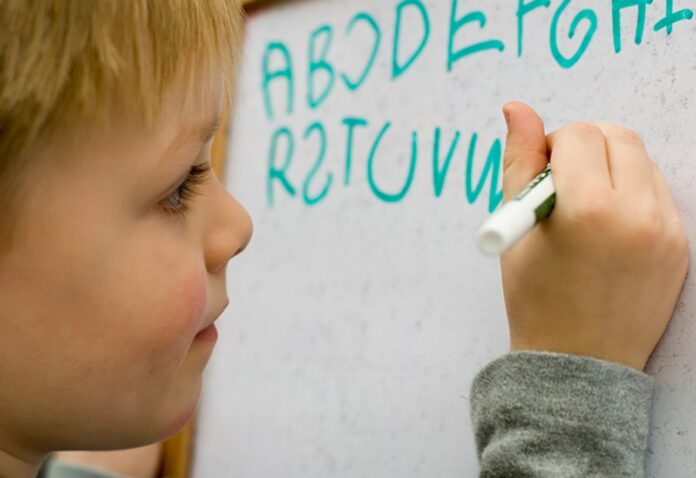Special education is here for everyone. 14 percent of public school students receive special education services. Millions of more students in private schools received similar services.
One common reason is dyslexia. Despite its prevalence, many people have questions about the condition.
What is it? What causes dyslexia, including in students who show initial success in reading? How do schools and parents help their children with dyslexia?
Learn more on this topic by reading the answers to the most frequently asked questions about dyslexia.
1. What Is Dyslexia?
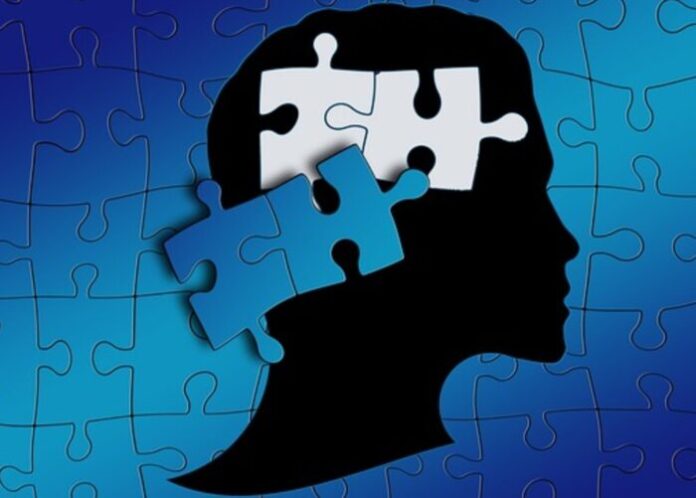
Dyslexia is a brain-based disorder that impacts language processing skills. Most individuals have trouble appreciating the individual sounds of words and letters. This makes it hard for them to hear, write, and remember speech patterns.
Dyslexia is a lifelong disorder. There is no cure for it, though anyone can receive help for it. Dyslexia in children and adults affects men and women equally.
There are other disorders that affect language processing. Dysgraphia causes difficulty in handwriting, producing work that is hard to read.
Someone can have dyslexia and any number of other disorders, including autism. Plenty of people also have dyslexia alone.
2. What Are the Signs of Dyslexia?
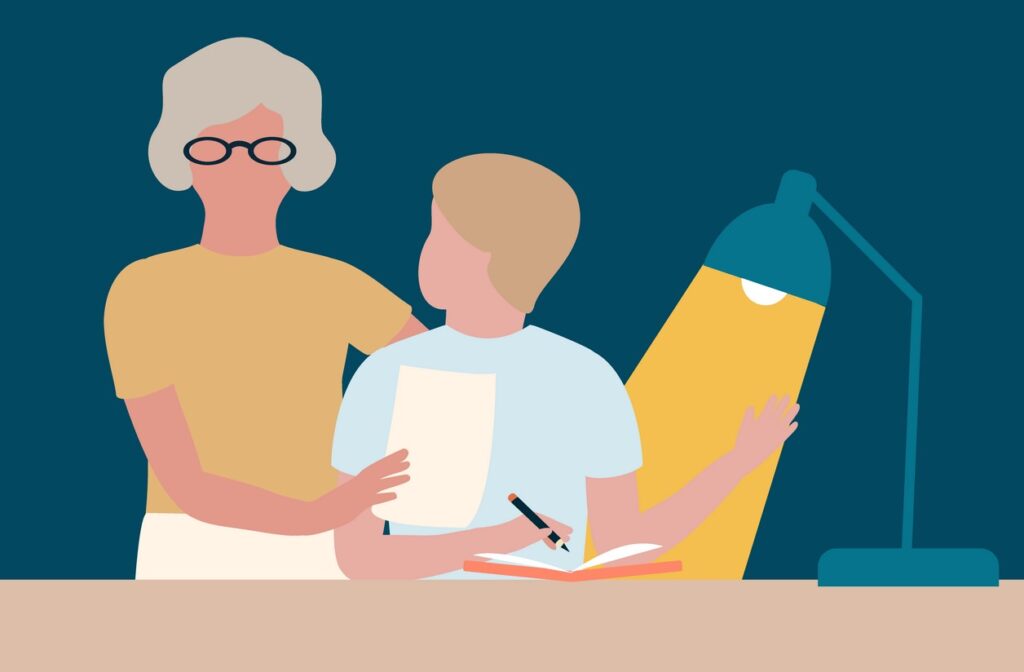
The main sign of dyslexia is when a child does not learn how to read. Their skills in other departments may be average or above-average. They encounter difficulty when reading any kind of text.
A child can encounter many different kinds of challenges. They may have an issue understanding individual sounds or remembering entire words. They may flip letters around inside of words.
Punctuation, capitalization, and other aspects of writing may be hard to understand. When a child is reading, they may skip over words while sounding others perfectly.
Many children with dyslexia have trouble with numbers in addition to letters. In mathematical sequences, they may switch functions around. They may write numbers backward.
The most common stereotype about dyslexia is that children read or write words backward. That is not true. Most children reverse letters as they learn how to write, usually due to inexperience.
A child can receive a diagnosis after showing symptoms. A doctor can administer a number of tests to assess reading skills.
3. What Causes It?
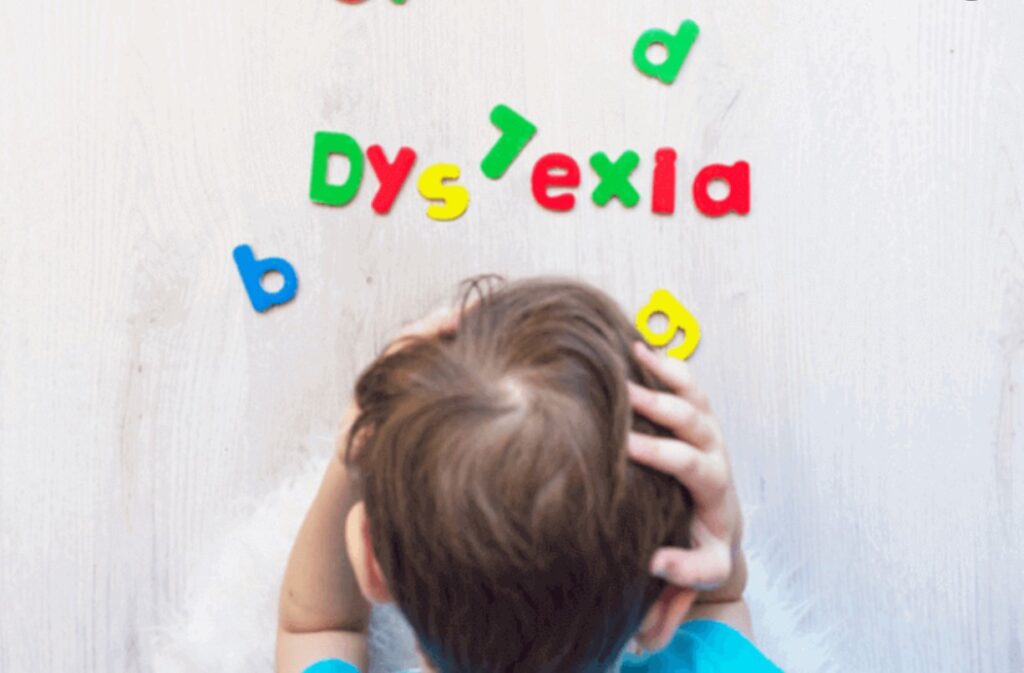
Scientists are looking for the causes of dyslexia. Their best guess right now is that there are several causes. A child may have one or more of them.
Some children have developed dyslexia. They may have average reading skills at first, and then their skills do not improve with time. This may be due to ear infections that cause hearing problems.
Other children show signs of dyslexia from birth. A 2025 study of more than 2,000 people with dyslexia found statistically significant connections between dyslexia rates and several genes. These genes are also linked to ADHD and bipolar disorder.
Dyslexia is not a disease. No virus or bacteria can cause it. A child cannot spread it to another person in their class.
Rates are not growing more common with time. There are more diagnosed cases because doctors are finding better ways to diagnose dyslexia.
4. What Therapies and Tools Can Children Receive?
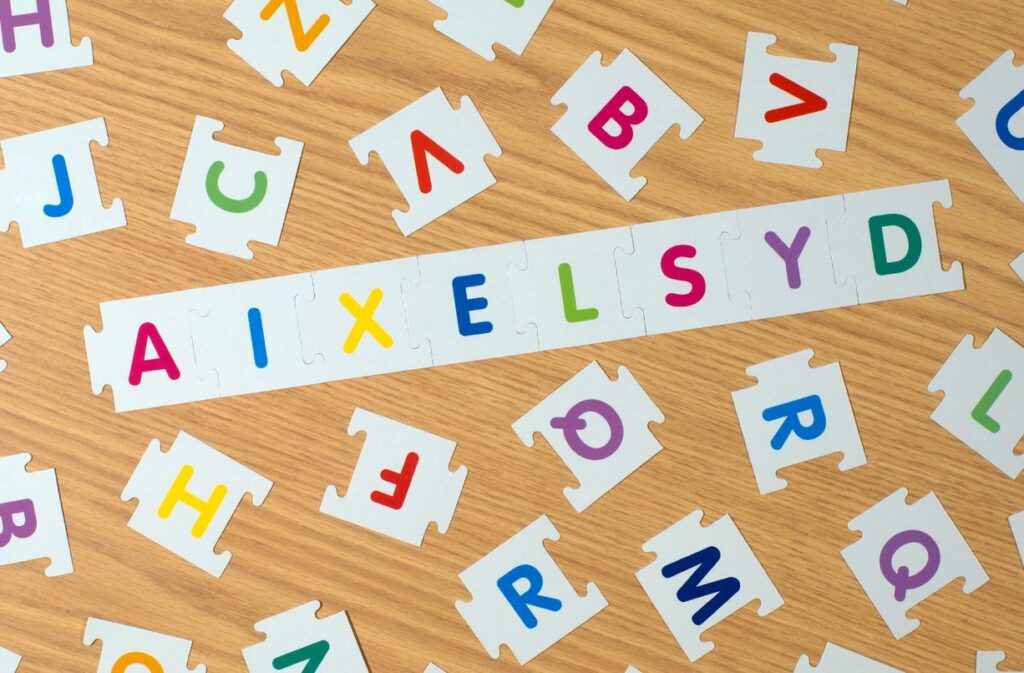
There are many therapies out there for children with dyslexia. Many schools offer Orton-Gillingham remediation classes.
Orton-Gillingham remediation teaches letters through auditory and visual cues. When children understand those cues, they begin to form words for reading. As they advance, they learn how to recognize roots and prefixes.
Classes are individualized as much as possible. Some students can move on to learn about sentence structures while others practice the basics.
Students can use a range of tools to help them learn how to read and write. They can use recorders that capture what their teachers are saying. They can play back the recording so they can write at their own pace.
Software like Grammarly scans articles and finds errors. This lets the students type out their thoughts, then go back and correct their errors. Many students receive extended time on tests so they can do this.
5. How Can Parents Help Their Children?
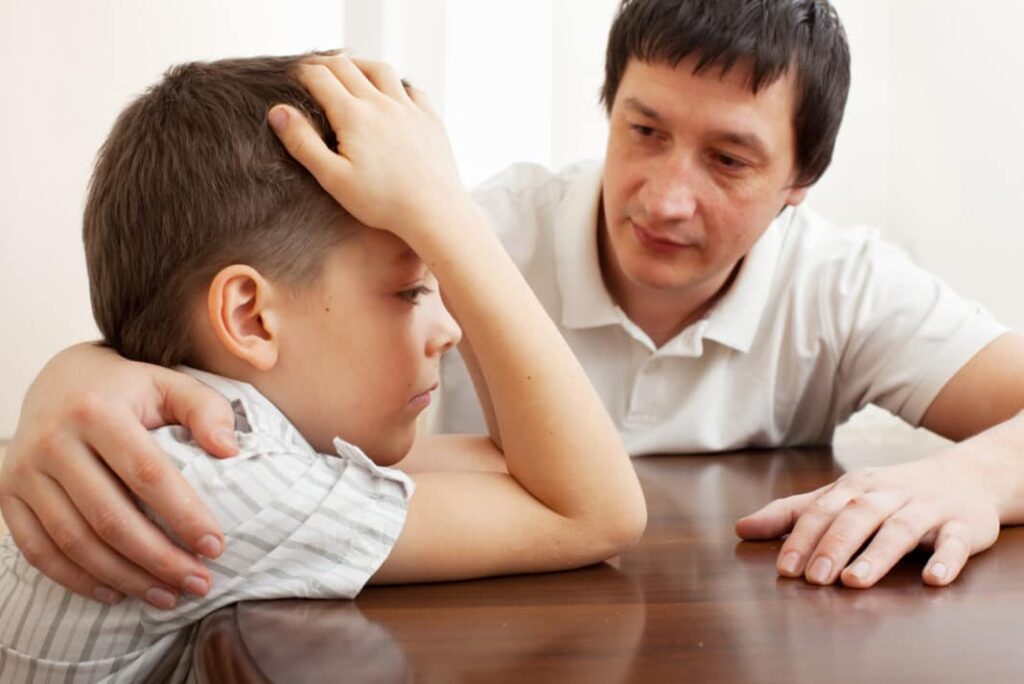
Many parents help their children learn how to read by reading books to them. As the parent reads off the page, the child looks on. This helps them understand how to sound out words.
This is a good strategy for children with dyslexia. Though they may not develop all the skills they need from it, it will help them relate sounds to written texts. Parents can find books discussing dyslexia, or they can pursue other topics.
A child may feel sad, frustrated, or confused by their dyslexia. Parents should do their best to affirm their children. It is okay to mention dyslexia explicitly, discussing what the term means and what causes it.
Parents can invoke important people who have dyslexia. Octavia Spencer, Tom Cruise, and other notable celebrities have it. Finding a role model can encourage a child’s self-esteem.
Parents should talk to the siblings of the child with dyslexia. They should tell them what is happening so they don’t ask distressing questions to the child. They can also enlist them to help the child, reading and writing alongside them.
Five Frequently Asked Questions About Dyslexia

Frequently asked questions about dyslexia touch upon every aspect of the condition. Dyslexia is a language processing disorder. The signs of it include difficulty understanding the sounds that letters make and skipping over words in a sentence.
Ear infections and genetics are its major causes. Children can take specialized classes that break down language skills bit by bit.
They can also use software to correct their errors. Parents should help their children learn how to read.Turn to a school system that provides individualized lessons.

